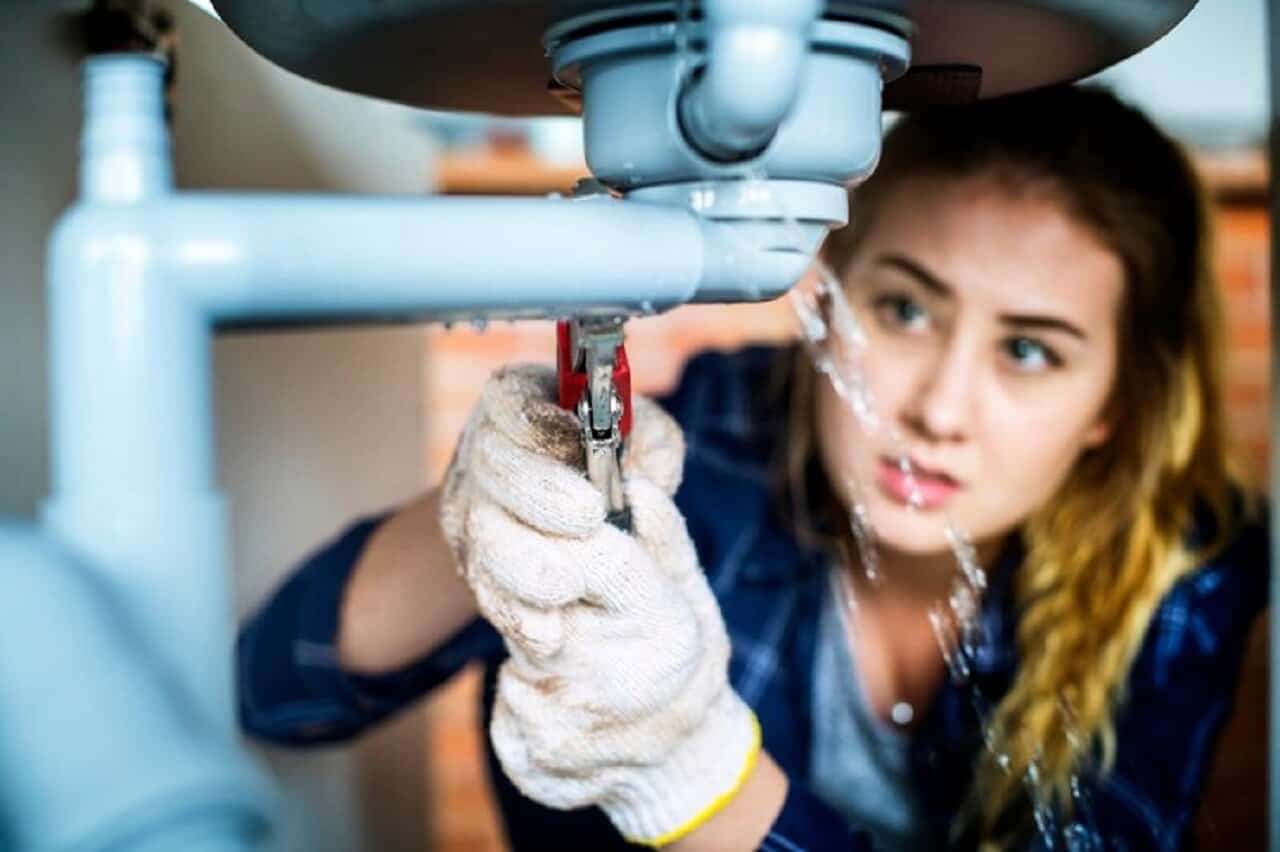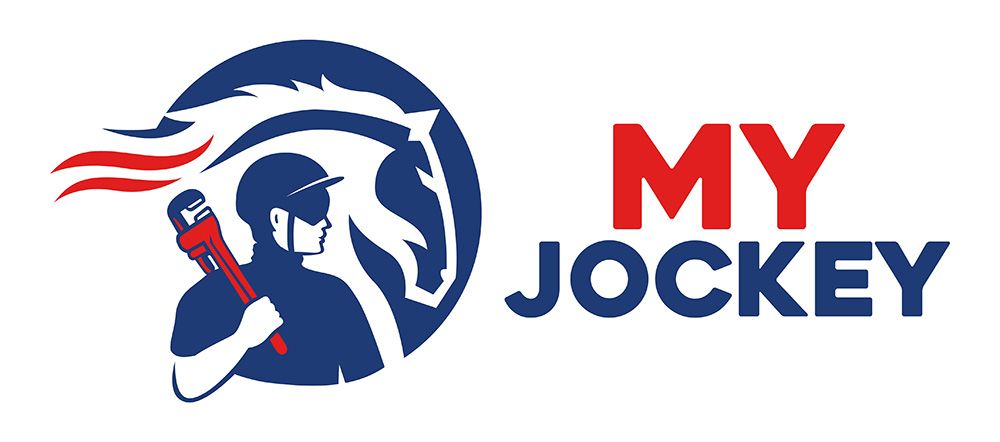
Dealing with plumbing issues can be stressful. Leaks are a common problem and can lead to bigger issues if not addressed promptly. Whether it’s a dripping faucet or a hidden pipe leak, minor plumbing issues can waste water and increase your utility bills. Knowing how to identify and fix these common leaks can save you a lot of hassle.
Identifying plumbing leaks early is crucial. Sometimes the signs are obvious, like a dripping faucet or a water stain on the ceiling. Other times, the signs are less noticeable, like an increase in your water bill or mold growth in hidden areas. By understanding what to look for, you can catch these leaks before they cause significant damage.
Luckily, fixing small leaks can be straightforward if you have the right tools and know-how. Understanding the basics can help you tackle minor issues on your own. However, knowing when to call in a professional plumber is just as important. Some leaks require expert attention to ensure they are fixed correctly. In this guide, we’ll explore how to identify common plumbing leaks, perform quick fixes, and when it’s best to leave the job to a professional. Let’s get started and help you keep your plumbing in good shape!
Identifying Common Plumbing Leaks
Finding where leaks are coming from is the first step to fixing them. There are several common places where leaks often occur. Faucets, toilets, and pipes under sinks are typical trouble spots. Listening for dripping sounds or spotting puddles can help you identify these leaks quickly.
Another place to check is your water heater. Look for wet spots around the base or any rust, which can indicate a leak. Don’t forget to inspect the connections and the valve. A small leak here can waste a lot of water and cause significant damage over time.
Keep an eye on your ceiling and walls, too. Water spots, bubbling paint, or peeling wallpaper can mean there’s a hidden leak behind the drywall. If you notice these signs, it’s best to investigate further to prevent more severe damage. Monitoring your water bill is another effective way to spot leaks. An unexplained increase in your bill may point to a hidden leak.
Checking these areas regularly helps you catch leaks early, saving you time and money. Remember, the sooner you spot a leak, the easier and cheaper it usually is to fix.
Quick Fixes for Small Leaks
Some leaks are minor and manageable with a few simple tools. For a dripping faucet, start by turning off the water supply. Then, take apart the faucet to find the worn-out washer or O-ring that’s causing the drip. Replace the damaged part and reassemble the faucet. This quick fix can stop the drip and save a lot of water.
If you find a leak in a pipe under the sink, first place a bucket to catch any water. Tightening a loose connection or adding some plumber’s tape around the threads can often seal the leak. For small holes or cracks in pipes, a pipe repair clamp or some epoxy putty can provide a temporary fix until you can get a more permanent solution.
Toilet leaks are a bit different. If your toilet is leaking from the base, try tightening the bolts that hold it to the floor. Be careful not to overtighten, as this can crack the porcelain. If water is running inside the bowl, replace the flapper or the fill valve. Both parts are inexpensive and typically come with instructions for easy installation.
Addressing these simple fixes can prevent small problems from becoming big headaches. They make your home safer and keep your plumbing in good condition.
Essential Tools and Materials
Having the right tools and materials on hand makes fixing plumbing leaks much easier. A few key items can help you tackle most common problems. Here’s a list of essentials to keep in your toolbox:
1. Pipe Wrench: Useful for gripping and turning pipes and fittings.
2. Adjustable Wrench: Handy for tightening or loosening nuts and bolts.
3. Plumber’s Tape: Also known as Teflon tape, it helps create airtight seals on threaded connections.
4. Pipe Repair Clamp: Great for temporarily stopping leaks in pipes until a permanent fix can be made.
5. Pipe Cutter: Useful for cutting copper, PVC, or other types of pipes to the right size.
6. Epoxy Putty: A quick fix for sealing small cracks and holes in pipes.
7. Bucket: Essential for catching water and preventing messes during repairs.
8. Plunger: While primarily used for clogs, it can also help clear minor blockages that contribute to leaks.
Keeping these tools and materials on hand enables you to respond quickly to minor issues before they escalate. Being prepared can save both time and money, helping ensure your plumbing system runs smoothly.
When to Call a Professional Plumber
Sometimes, plumbing leaks are too complicated or extensive to handle on your own. Knowing when to call a professional can save you from bigger problems down the line. Here are some signs that it’s time to get expert help:
1. Frequent Leaks: If you’re fixing the same leak over and over, there may be a deeper issue that needs professional attention.
2. Major Water Leaks: Large leaks or bursts can cause significant water damage quickly. Professionals have the tools and expertise to fix these problems fast.
3. Hidden Leaks: Leaks in walls, floors, or ceilings often require specialized equipment to locate and repair. These hidden leaks can cause structural damage if left untreated.
4. Sewage Smells: If you notice foul odors from your drains, it could indicate a serious problem with your sewer line that needs professional evaluation.
5. Low Water Pressure: This can be a sign of a bigger issue within your plumbing system. A plumber can diagnose and fix the underlying cause.
Calling a professional helps ensure the job is done correctly and safely, preventing further damage and costly repairs. They have the knowledge and tools needed to tackle complex plumbing issues, giving you peace of mind.
Conclusion
Dealing with plumbing leaks can be a hassle, but knowing how to identify common leaks, perform quick fixes, and when to call a professional can make the process much easier. Regular maintenance, keeping the right tools on hand, and staying alert to signs of trouble are key to maintaining a healthy plumbing system.
By addressing small leaks promptly and knowing when it’s time to seek expert help, you can avoid significant damage and costly repairs. While minor fixes can often be handled with basic tools and a bit of know-how, some issues are best left to the professionals. This ensures the long-term functionality and reliability of your plumbing system.
If you’re dealing with stubborn plumbing issues and need professional and affordable plumbing services, reach out to My Jockey to schedule a service. We’re here to help you keep your home’s plumbing running smoothly.
